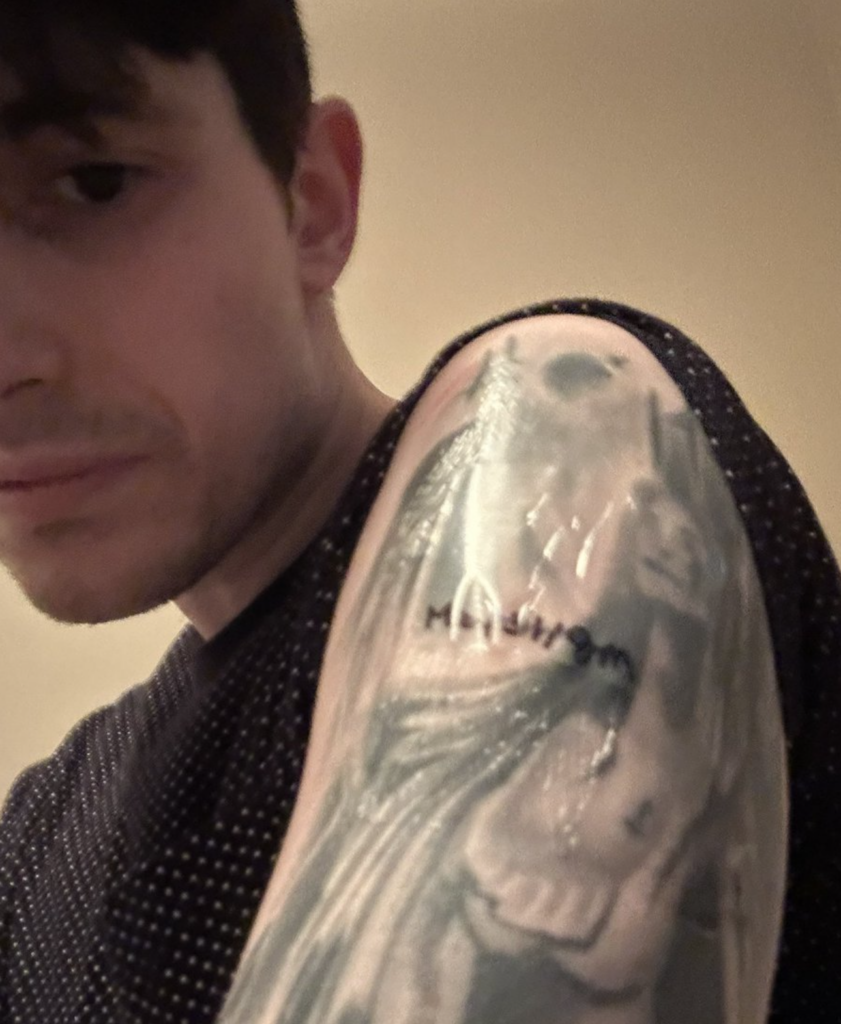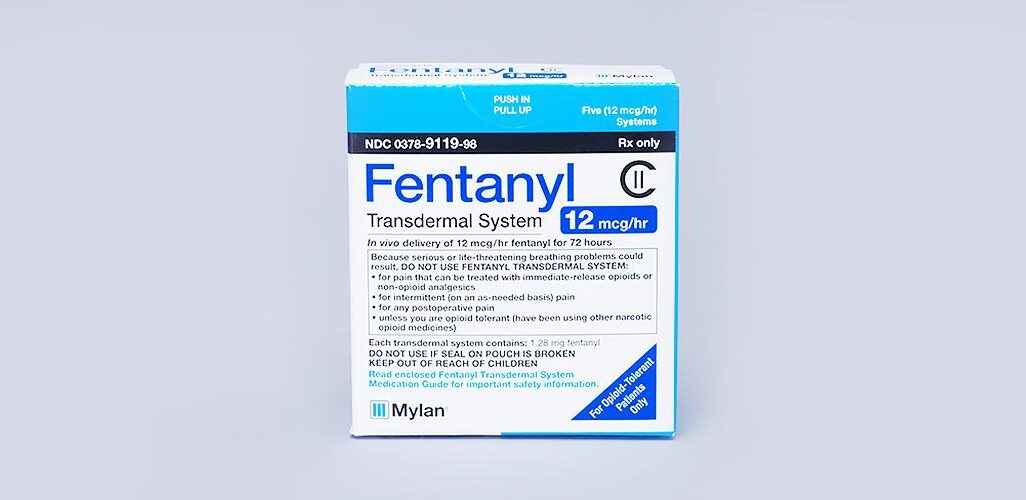True safe supply means a legal and regulated supply of the same drugs people access through the unregulated market. In Canada, what we have instead—for the few who are lucky enough to access it—is safer supply. That amounts to a short list of pharmaceutical alternatives that aren’t necessarily the substances we want, in the quantities we need, but are vaguely in the neighborhood.
In this spectrum of medications for opioid use disorder (MOUD), I’ve tried practically everything I’ve had access to: methadone; Methadose; Suboxone; Sublocade. None of them kept me off the unregulated fentanyl supply, because none of them were fentanyl. They weren’t enough to ease craving and withdrawal. On top of that, the burden of all the rules and regulations wasn’t sustainable.
Safer supply is a lifeline for people at high risk of overdose and other harms that come from using the unregulated supply, but it’s essentially just MOUD 2.0. It’s entirely medicalized, with a high level of surveillance and a long list of bureaucratic hoops to jump through. In return, what most people typically get are dillies—oral hydromorphone tablets, brand-name Dilaudid—paired with a backbone of methadone or slow-release oral morphine. Injectable Diacetylmorphine Hydrochloride, AKA pharmaceutical heroin, is technically among these options. But it’s only accessible to a few people in Vancouver’s Downtown Eastside, and only administered under supervision.

8 mg Dilaudid tablets, commonly known as “dillies”
In British Columbia, fentanyl-based safer supply options have emerged since the onset of the COVID pandemic. Transdermal fentanyl patches were followed by take-home powdered fentanyl, sufentanil and fentora tablets. But this hasn’t been the case in other provinces.
In April, I became the first person in Atlantic Canada to be prescribed and begin using fentanyl patches. They’ve been life-changing.
In Halifax, Nova Scotia, our drug policy is relatively progressive compared to the rest of Atlantic Canada. Halifax was the first city in the province to have a syringe service program, a safe consumption site and an opioid agonist clinic. We have supporters within the health department because we have strong advocates. We’d gained some momentum from piloting safer supply in COVID hotels, and in 2022 we finally got the funding needed to launch the MOSH Safer Supply Project.
In April, I became the first person in Atlantic Canada to be prescribed and begin using fentanyl patches. They’ve been life-changing. For the first time, I have a medication regimen that is enough to actually reduce my cravings and keep withdrawal at bay.

Before the patches, I’d been using almost 3 grams of non-prescribed fentanyl per day, and about the same of cocaine. It was killing me. I was getting injection infections. I was overdosing. I was losing too much weight. I was damaging every relationship in my life. I didn’t want to keep hurting the people I love, and I didn’t want to die.
I applied to MOSH in September 2022, but at the time I got the call I happened to be detoxing. It didn’t make sense to begin safer supply while I wasn’t using the unregulated supply at all. So I passed.
By March, things had changed. But when I reached back out to MOSH, my intake appointment was scheduled for when I was right in the middle of a work presentation I couldn’t bail on. Even though they already have a patient file for me, I had to wait another three weeks.
During those three weeks, my use became so chaotic that I overdosed multiple times and my housing became less stable. The only reasons I’m alive are that I had an amazing friend and mentor to lean on, and that I was lucky.
Halifax is a small town. Pretty much everyone who works in harm reduction here knows each other. The doctor I met with was familiar with me, and they could also see clearly that I was suffering.
They evaluated me according to the “Fentanyl Patch: Safer Supply Prescribed Protocols” from BC. Patients are considered eligible if they have a diagnosis of opioid use disorder; ongoing active illicit opioid use; and a high risk of overdose or other harms. That was me to a tee. The doctor started me on a 50 mcg fentanyl patch immediately, with other instant-release breakthrough medications. This standard should be available in every province.
Fentanyl patches didn’t immediately end my use of the unregulated supply, but they did immediately reduce it—and with it, my risk of overdose.
To access transdermal fentanyl patches, you go in every three days. You and your prescriber decide which days of the week fit you best. Then you need to find a pharmacy willing to take you on. If you’re lucky enough to find such a pharmacy, it’ll usually have a privacy booth. A pharmacist will put the patch on you, often on your arm. Ideally, they’ll have Tegaderm to stick over it and help secure it in place so you don’t sweat it off. Then they’ll sign and date it. Three days later you’ll go do it again.
Fentanyl patches didn’t immediately end my use of the unregulated drug supply, but they did immediately reduce it—and with it, my risk of overdose. I went back to detox again after starting the patches, because I just needed to be somewhere away from my daily life, where the urge to fall back into familiar habits wasn’t as strong. And what do you know, I got lucky there too—the detox accepted me with open arms and allowed me to stay on my safer supply regimen, as long as I was using it as prescribed. It’s been weeks since I used non-prescription fentanyl at all.
As a drug policy advocate whose professional as well as personal life revolves around harm reduction, I’m fortunate enough to know a lot of people in this field. When I contacted MOSH in March, I already had a spot, had connections within the program, was clearly at high risk of overdose. And even with all that, the barriers to my accessing these patches were nearly too high. Had that three-week wait been any longer, it might have been too late. After initially being overwhelmed with applications, at publication time MOSH is again taking new patients.
More health care providers in Atlantic Canada, and across the country, should start prescribing pharmaceutical fentanyl products immediately. People shouldn’t be forced to gamble their lives on such a dangerous unregulated supply when safer alternatives are within reach. These products exist. We need to start using them.
Top photograph via United States Drug Enforcement Administration. Inset photographs courtesy of Matthew Bonn.





Show Comments